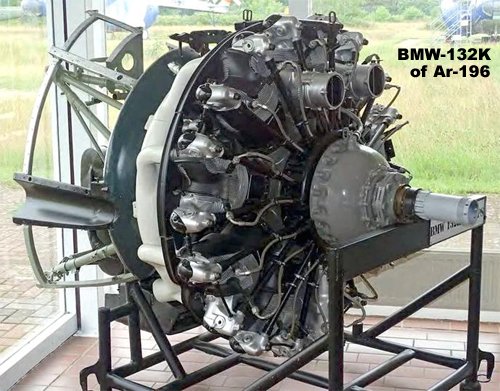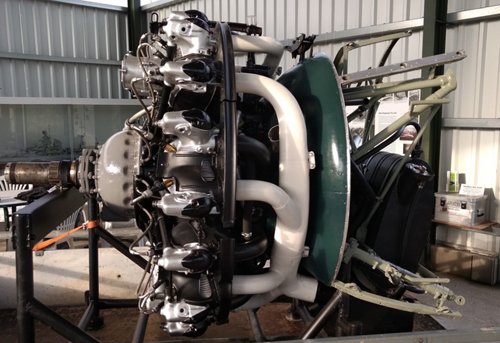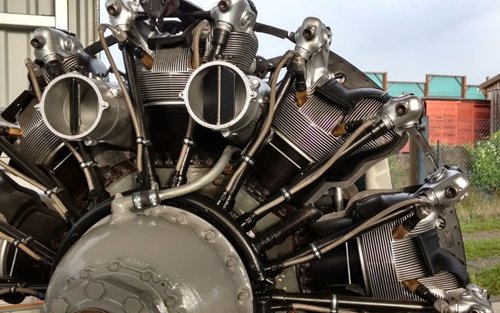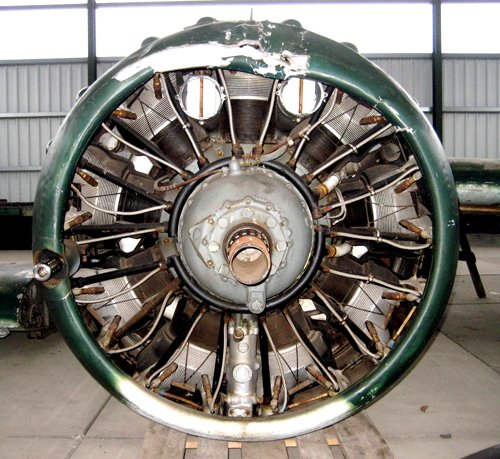The Ar-196 two-float two-seat monoplane is considered the most widely and effectively used small float aircraft of the Second World War.
The prototype of the aircraft was tested in the summer of 1937 and demonstrated good flight characteristics and suitability for use on large warships.
Starting in the summer of 1939, deliveries of the first serial modification Ar.196A-1 aircraft began, intended to replace the obsolete Heinkel He-50 float biplanes on ships.
The battleships Bismarck and Tirpitz received six such aircraft each, Scharnhorst and Gneisenar - four each, and the heavy cruisers housed two aircraft each.
Also, Ar-196 saw action at Mediterranean, Baltic and Black seas.
During the Second World War, Ar-196 were used to perform a wide variety of tasks: from reconnaissance to escorting convoys of ships and fighting enemy seaplanes. They were also used to search and destroy submarines.

The aircraft was originally equipped with a single-row, radial nine-cylinder air-cooled engine BMW-132K with a single-speed supercharger. Nominal engine power at 3000 m at 2400 rpm - 960 HP with. Takeoff power at sea level at 2500 rpm - 1000 hp with.
The majority of other Luftwaffe planes utilized the earlier version of this engine - BMW-132A/E:

The BMW-132K engine of Ar-196 differs a lot from the BMW-132A/E engine:

So, this Leadwarrior kit presents the correct BMW-132K engine with the Cowling and Exhaust for Ar-196 in 1/48 scale.



